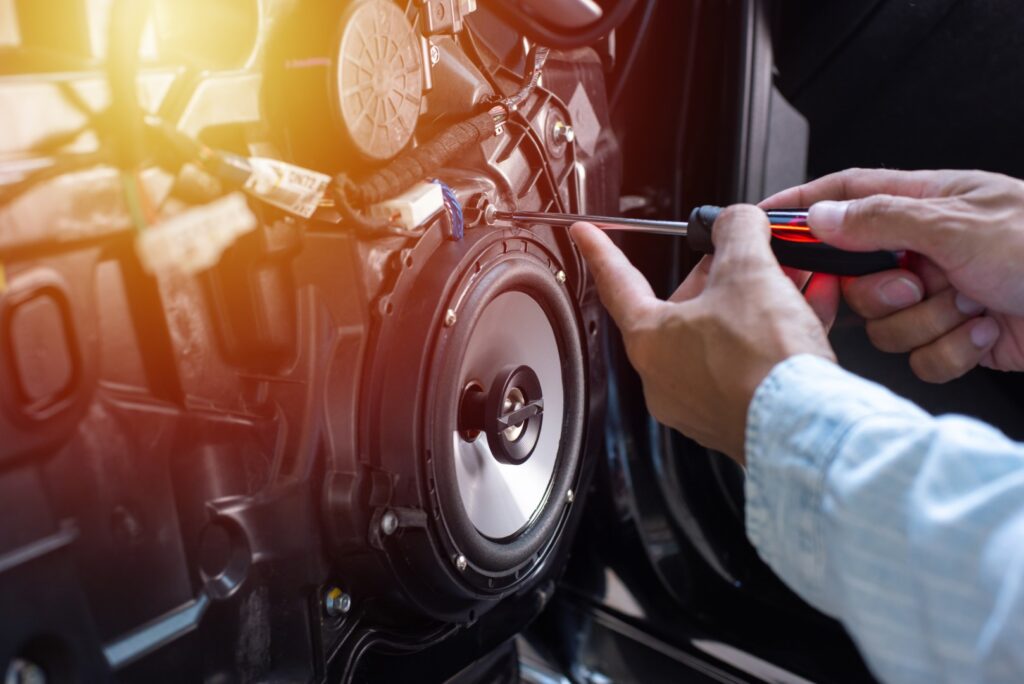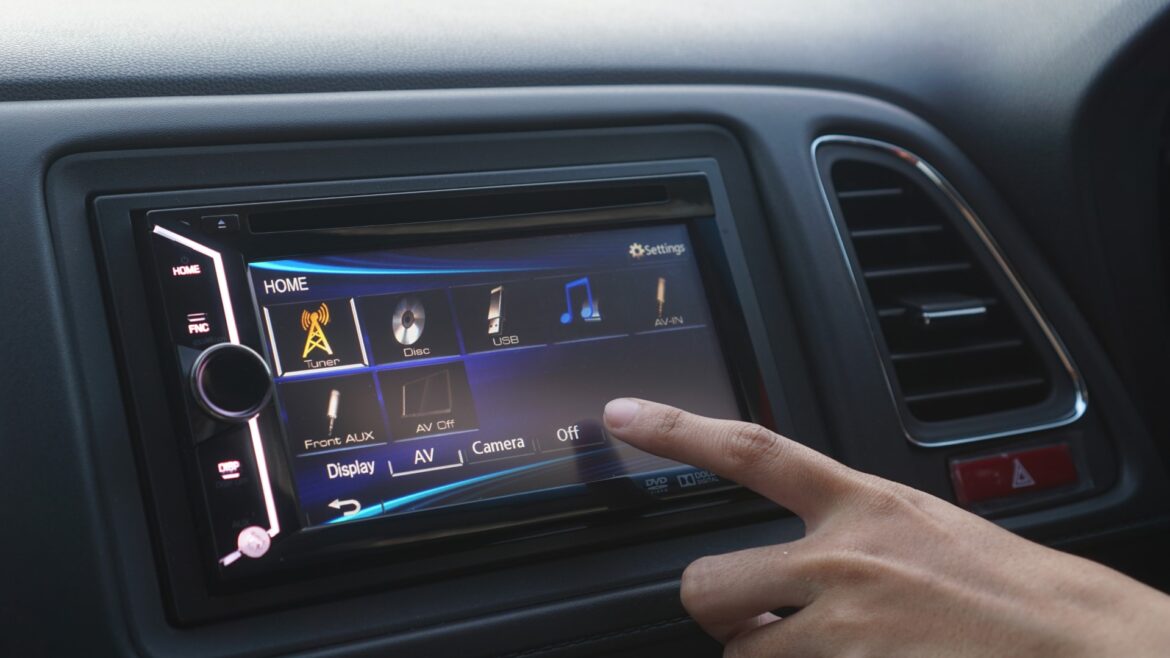In the past few decades, the world of car audio systems has undergone a significant evolution. From the simple cassette tapes and FM radios of the past, car audio systems now come equipped with a range of advanced features, including Bluetooth connectivity, digital music players, voice control, and more. Let’s take a look at the journey of car audio systems and how they have evolved over time.

The Early Days of Car Audio Systems:
Car audio systems have been around for over a century, but it wasn’t until the 1930s that car radios began to gain widespread popularity. These early radios were bulky and expensive, and were often fitted only in luxury cars. In the 1950s, the introduction of the transistor made car radios more affordable and compact, and they began to be installed in more cars.
Cassette Tapes and FM Radios:
In the 1960s and 1970s, the cassette tape became the dominant format for car audio systems. Cassette tapes were small, portable, and offered better sound quality than previous formats. This era also saw the introduction of the FM radio, which provided better reception and more stations than the older AM radios.
CD Players and Digital Audio:
The 1980s and 1990s marked a significant shift in the world of car audio systems. The introduction of the CD player brought digital audio to the forefront, and CDs quickly became the dominant format for car audio. CD players offered better sound quality and greater convenience than cassette tapes, as drivers could easily skip tracks and shuffle their music.
The Rise of Bluetooth:
In the early 2000s, Bluetooth technology began to make its way into car audio systems. Bluetooth enabled drivers to connect their phones to their car’s audio system wirelessly, allowing them to stream music and take hands-free calls without the need for cables. This technology quickly became popular, and by the mid-2010s, most new cars were equipped with Bluetooth as standard.
The Future of Car Audio Systems:
Looking ahead, it’s clear that car audio systems will continue to evolve and improve. As technology advances, we can expect to see even more advanced features, such as voice control, gesture recognition, and even augmented reality displays. In addition, with the rise of electric and autonomous cars, car audio systems will become even more important, as passengers will have more time to consume media while on the move.
In conclusion, the evolution of car audio systems has been a fascinating journey. From the early days of bulky radios to the modern Bluetooth-enabled systems we see today, car audio has come a long way. As technology continues to improve, we can expect to see even more exciting developments in the years ahead, making car audio an increasingly important and integral part of the driving experience.

